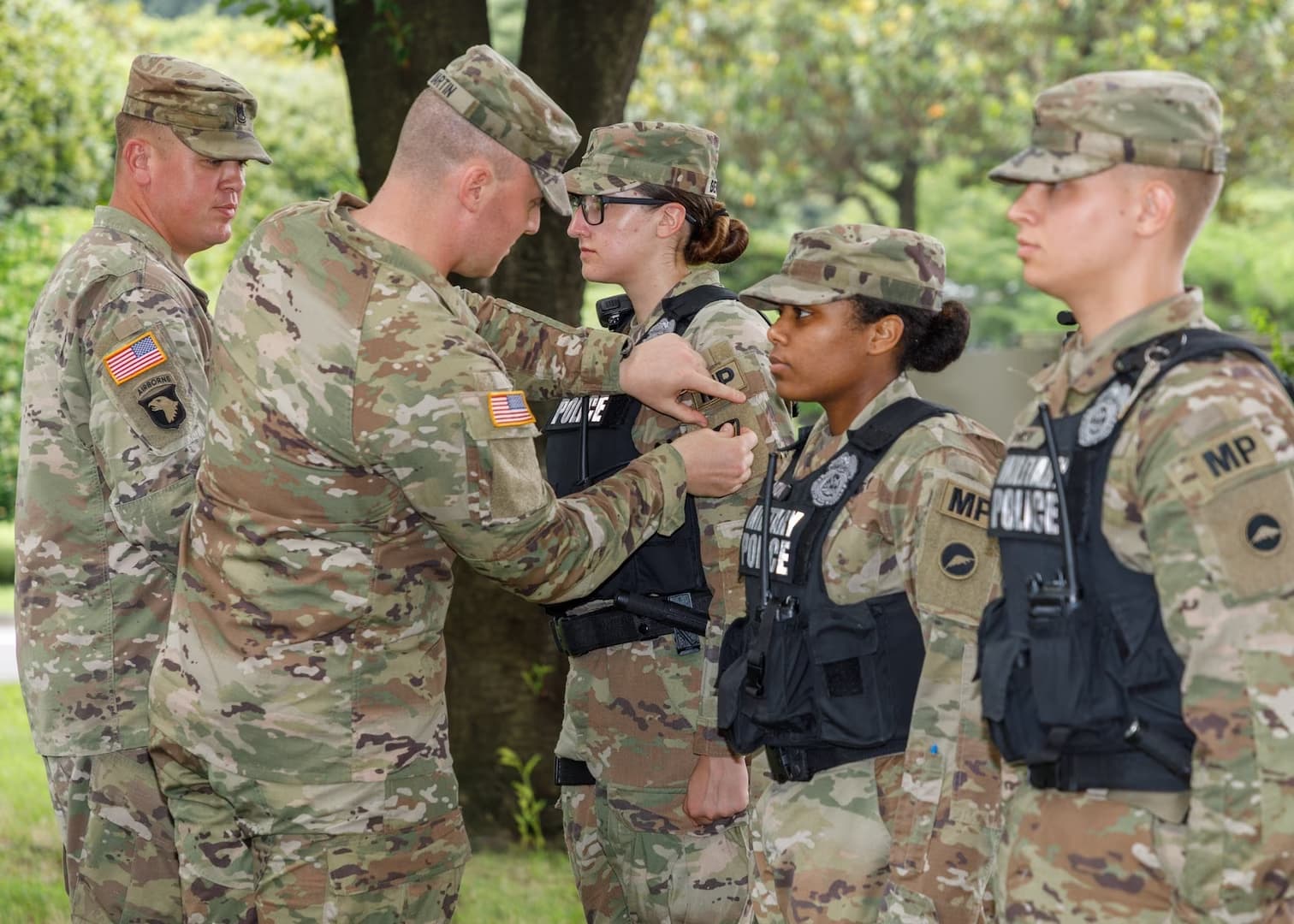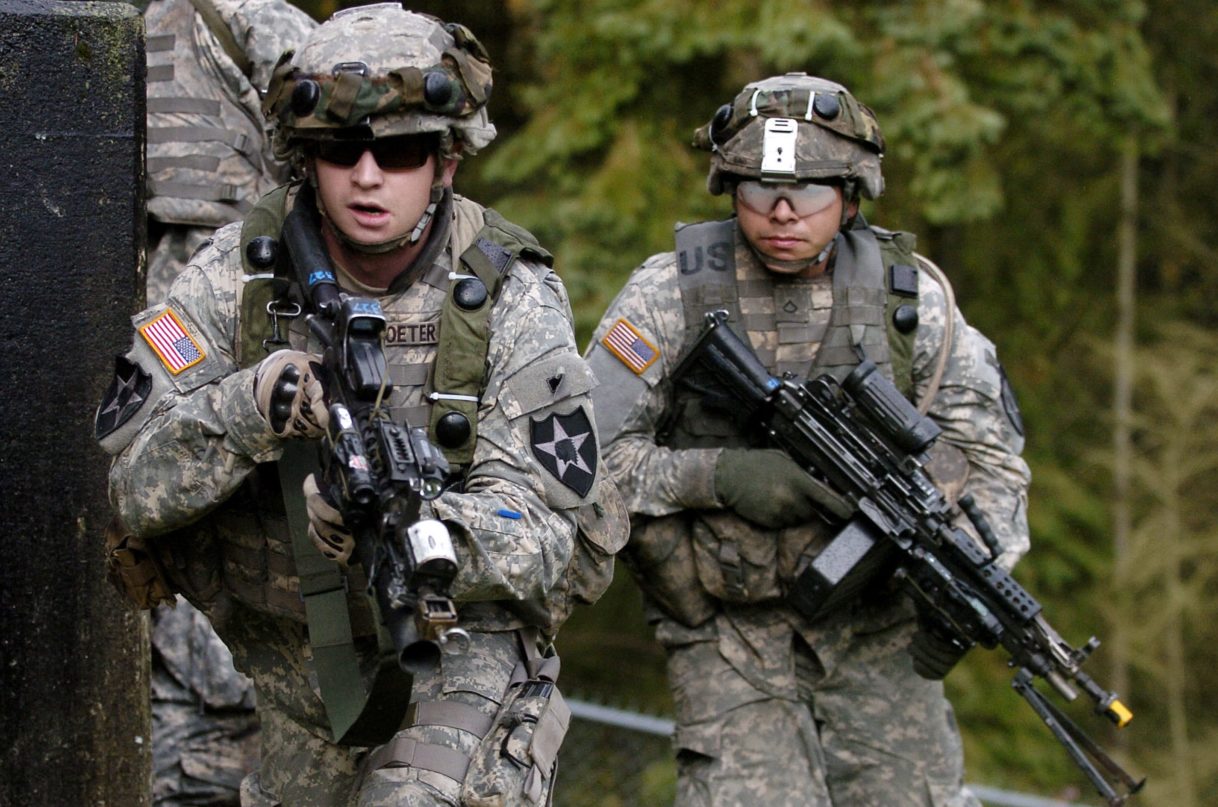The central army registry plays a crucial role in maintaining military personnel records and ensuring effective administration within the armed forces. As one of the essential systems in military management, it acts as a centralized database that stores vital information about soldiers, veterans, and active-duty personnel. This article delves into the significance, functionality, and benefits of the central army registry while also addressing common questions and concerns.
Understanding the central army registry is not just about learning the technicalities; it is about recognizing how this system impacts the lives of military personnel and their families. Whether you're a veteran, an active-duty member, or someone curious about military administration, this article aims to provide valuable insights into the workings of this critical system.
This guide will explore various aspects of the central army registry, including its history, purpose, and practical applications. By the end of this article, you'll have a clear understanding of why this system is indispensable for modern military organizations and how it contributes to the overall efficiency of military operations.
Read also:The Keg In Arlington Texas A Mustvisit Destination For Food And Fun
Table of Contents
- What is Central Army Registry?
- History of Central Army Registry
- Key Functions of Central Army Registry
- Benefits of Central Army Registry
- Challenges and Solutions in Central Army Registry
- Data Security in Central Army Registry
- Modernization of Central Army Registry
- Role of Central Army Registry in Veteran Affairs
- How to Access Central Army Registry
- Future of Central Army Registry
What is Central Army Registry?
The central army registry is a comprehensive database system designed to manage and store information related to military personnel. It serves as a centralized hub for all records pertaining to soldiers, including personal details, service history, medical records, and more. This system ensures that all relevant data is organized, secure, and easily accessible when needed.
By consolidating information in one place, the central army registry streamlines administrative processes and enhances operational efficiency. It plays a critical role in supporting military operations, managing personnel logistics, and ensuring compliance with regulations.
Why is Central Army Registry Important?
Central army registry is important for several reasons:
- It ensures accurate and up-to-date records of all military personnel.
- It facilitates efficient communication and coordination between different military units.
- It provides a reliable source of information for decision-making at various levels of command.
History of Central Army Registry
The concept of a central army registry has evolved over time, adapting to the changing needs of military organizations. Initially, military records were maintained manually using paper-based systems. However, as technology advanced, the need for a more efficient and reliable system became apparent.
In the early 20th century, the introduction of digital systems revolutionized the way military records were managed. The central army registry as we know it today was developed to address the limitations of traditional methods and provide a more robust solution for managing personnel data.
Key Functions of Central Army Registry
The central army registry performs several critical functions that contribute to the smooth operation of military organizations. These functions include:
Read also:Is Genovia Real Unveiling The Truth Behind The Fictional Kingdom
- Personnel Management: Maintaining detailed records of all military personnel, including their service history, rank, and deployment status.
- Medical Records: Storing and managing medical information for soldiers, ensuring they receive appropriate care and treatment.
- Logistics Support: Providing data to support logistics operations, such as equipment allocation and supply chain management.
- Compliance Monitoring: Ensuring adherence to military regulations and standards through regular audits and reviews.
Benefits of Central Army Registry
Implementing a central army registry offers numerous benefits to military organizations and personnel. Some of the key advantages include:
- Improved Efficiency: Streamlined processes reduce administrative burdens and enhance overall efficiency.
- Enhanced Security: Advanced encryption and access controls protect sensitive data from unauthorized access.
- Increased Accuracy: Automated systems minimize human error, ensuring that records are accurate and up-to-date.
- Cost Savings: Centralized management reduces the need for duplicate systems and resources, leading to cost savings.
Challenges and Solutions in Central Army Registry
While the central army registry offers many benefits, it also faces certain challenges that must be addressed to ensure its effectiveness. Some of these challenges include:
Data Integrity
Maintaining data integrity is crucial for the reliability of the central army registry. To address this challenge, organizations implement robust validation processes and regular audits to ensure the accuracy of records.
System Compatibility
Ensuring compatibility with existing systems and technologies is another challenge. This is overcome by adopting standardized protocols and interfaces that facilitate seamless integration.
Data Security in Central Army Registry
Data security is a top priority for any military organization, and the central army registry is no exception. Advanced security measures are implemented to protect sensitive information from unauthorized access and cyber threats. These measures include:
- Encryption: Data is encrypted both in transit and at rest to prevent interception and unauthorized access.
- Access Controls: Strict access controls ensure that only authorized personnel can view or modify records.
- Regular Updates: Security systems are regularly updated to address emerging threats and vulnerabilities.
Modernization of Central Army Registry
To keep pace with technological advancements, military organizations are continuously modernizing their central army registry systems. This involves adopting cutting-edge technologies such as cloud computing, artificial intelligence, and machine learning to enhance functionality and performance.
Modernization efforts focus on improving user experience, increasing scalability, and enhancing data analytics capabilities. These upgrades enable organizations to leverage the full potential of their central army registry systems and deliver better outcomes for military personnel.
Role of Central Army Registry in Veteran Affairs
The central army registry plays a vital role in supporting veteran affairs by providing essential information for managing benefits, healthcare, and other services. It serves as a reliable source of data for government agencies and organizations responsible for assisting veterans in their transition to civilian life.
By maintaining comprehensive records of military service, the central army registry helps ensure that veterans receive the support and recognition they deserve. It also facilitates communication between veterans and relevant authorities, streamlining the process of accessing benefits and services.
How to Access Central Army Registry
Access to the central army registry is restricted to authorized personnel due to the sensitive nature of the information it contains. Military personnel and veterans can access their records through secure portals provided by their respective organizations. These portals offer a user-friendly interface for viewing and updating personal information.
For those seeking information about specific individuals, such as family members or ancestors, access may be granted under certain conditions, provided all legal requirements are met. Requests for access should be submitted through official channels and accompanied by appropriate documentation.
Future of Central Army Registry
The future of the central army registry looks promising, with ongoing advancements in technology driving innovation and improvement. As organizations continue to invest in modernization efforts, we can expect to see enhanced features and capabilities that further improve the system's functionality and performance.
Emerging technologies such as blockchain and biometric authentication are likely to play a significant role in shaping the future of central army registries. These innovations promise to enhance security, increase efficiency, and provide new opportunities for data management and analysis.
Conclusion
In conclusion, the central army registry is a critical component of modern military administration, providing essential support for personnel management, logistics, and veteran affairs. Its role in ensuring accurate and secure record-keeping cannot be overstated, and ongoing modernization efforts promise to enhance its capabilities even further.
We encourage readers to explore the resources available through their military organizations and take advantage of the benefits offered by the central army registry. If you have any questions or feedback, please leave a comment below or share this article with others who may find it useful. Together, we can continue to improve our understanding and utilization of this vital system.


